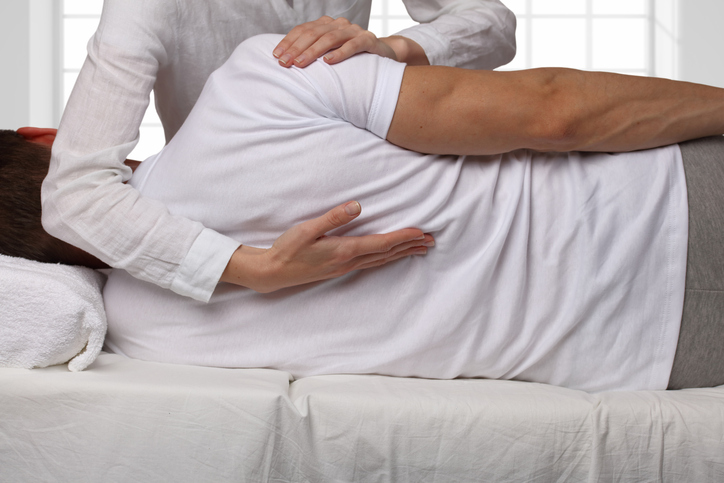Treatments
6 Types of Chiropractic Adjustments

63 people found this helpful
Print
Share
Save
Chiropractic adjustments can help improve joint function, reduce joint inflammation, increase range of motion, and decrease pain. Six types of chiropractic adjustments include the diversified technique, the Gonstead adjustment, the drop table technique, flexion distraction, the activator method, and manipulation with anesthesia.
- Diversified technique
The diversified technique, also known as the high-velocity, low-amplitude (HVLA) thrust, is the most commonly used chiropractic adjustment. A chiropractor uses their hands to realign joints (in the neck, back, etc.) with quick, firm thrusts. This usually produces a popping noise. The goal is to restore alignment, increase mobility, and reduce pain. - Gonstead adjustment
The Gonstead adjustment, also known as the Palmer-Gonstead technique, is also an HVLA adjustment. It’s similar to the diversified technique; however, it differs in the specificity of body positioning, as it commonly involves the individual lying on their side rather than on their stomach. It may also involve the use of a cervical chair or chest-knee table to obtain the proper position. - Drop table technique
The drop table technique, otherwise known as the Thompson terminal point drop, is another type of HVLA adjustment. It involves the use of a specially adapted table that is designed with specific sections that fall a fraction of an inch during an HVLA thrust. This technique uses the natural force of gravity to better facilitate movement of the joint. It is used mainly for spinal adjustments and is a gentle way of applying pressure directly to the spine. - Flexion distraction
Flexion-distraction therapy, also known as Cox flexion distraction, involves a chiropractor applying slight pressure to a joint to release tension and tightness. The pressure is applied until a release is felt. It adjusts misaligned vertebrae with a gentle stretch motion. A specialized adjusting table is used. Flexion-distraction therapy is commonly used for herniated discs, scoliosis, and facet joint pain. - Activator method
The activator method involves the use of a spring-loaded, hand-held tool that delivers a gentle impulse to the joint. It is an especially comfortable type of adjustment, and it can be used for various conditions, ranging from back pain to migraines. - Manipulation with anesthesia
Manipulation with anesthesia may be recommended if traditional adjustments are not successful. It involves the use of light anesthesia of twilight sedation while the adjustment is performed. People who are unable to relax during a chiropractic adjustment are also good candidates for this treatment option. Only a certified chiropractor can perform this technique on an outpatient basis in a hospital setting.


















